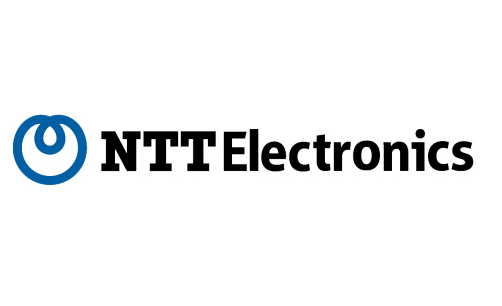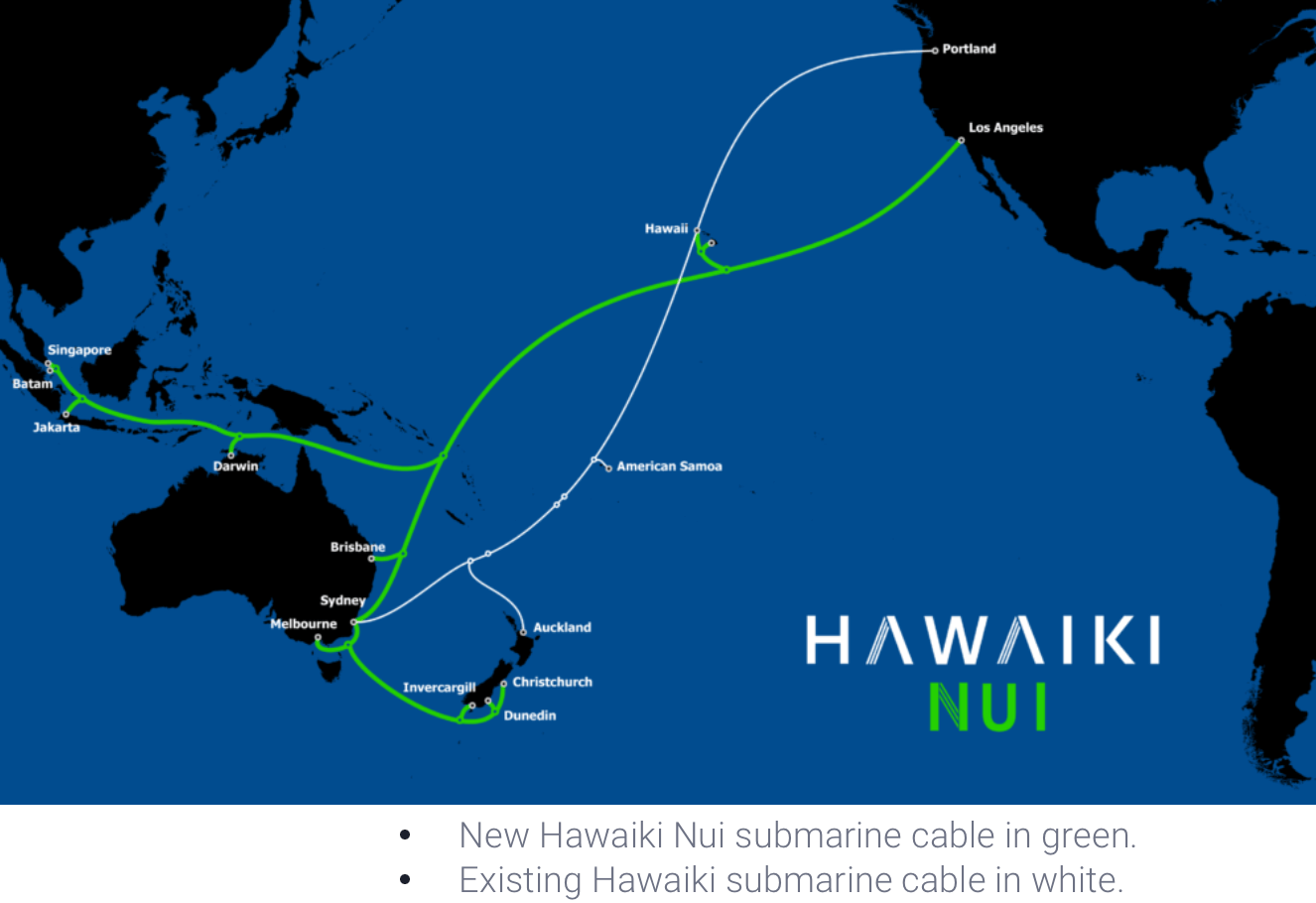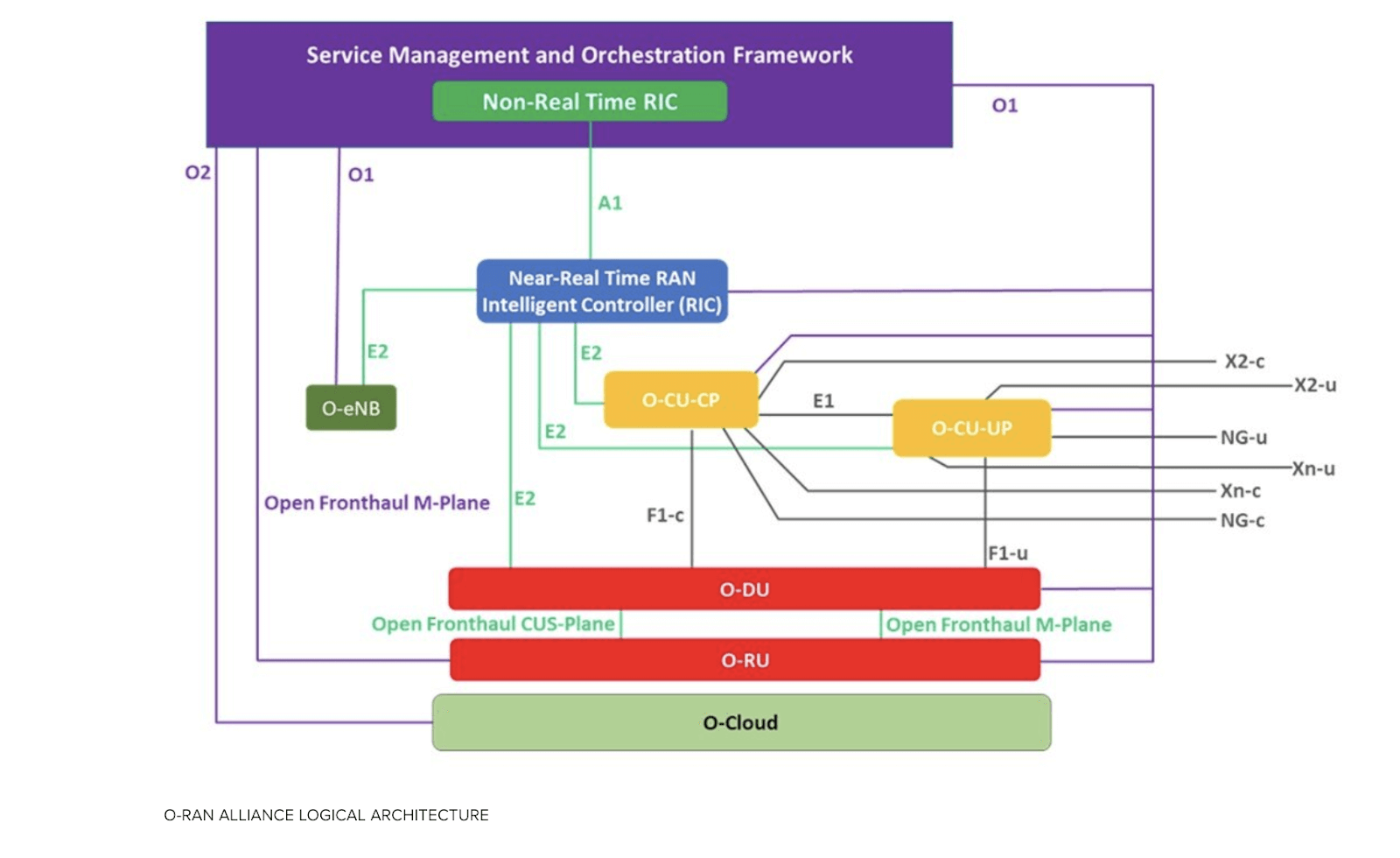Broadcom has begun volume shipments of its Tomahawk 5 family of Ethernet switch/router chips.
Tomahawk 5 offers 51.2 Tbps of switching capacity, twice that of any other switch on the market. The high radix of Tomahawk 5 enables single-hop connectivity between 256 high-performance AI/ML accelerators, each having 200Gbps of network bandwidth.
Broadcom says Tomahawk 5’s advanced Cognitive Routing ensures high network utilization even under the most demanding workloads. The Cognitive Routing suite includes innovative features such as Global Load Balancing which uses distributed inter-switch communication of congestion information to choose the best global path for packets through the network. Cognitive Routing also provides high network resiliency with extremely fast link-failover by detecting a failed link and re-directing traffic in less than 500ns.
“Taking Tomahawk 5 to production in a mere seven months after the product was initially sampled is a testament to Broadcom’s execution quality at scale,” said Ram Velaga, senior vice president and general manager, Core Switching Group, Broadcom. “Innovation and consistent execution enables us to be the trusted technology partner for our customers’ demanding networking needs.”
Broadcom delivers 51.2 Tbps Tomahawk 5
Broadcom has begun customer shipments of its StrataXG Tomahawk 5 switch series, providing 51.2 Tbps of Ethernet switching capacity in a single, monolithic chip.
“Delivering the world’s first 51.2 Tbps switch two years after we released Tomahawk 4, the industry’s first 25 Tbps switch, is a testament to the outstanding execution and innovation by the Broadcom team,” said Ram Velaga, senior vice president and general manager, Core Switching Group, Broadcom. “Since the introduction of Tomahawk 1 in 2014, Broadcom has consistently executed on doubling the bandwidth approximately every two years. With today’s introduction of the fifth generation Tomahawk family, we are proud to say that a single Tomahawk 5 replaces forty-eight Tomahawk 1 switches in the network, resulting in over 95 percent reduction in power requirements. We applaud our customers, partners, and engineers for making this possible.”
StrataXGS Tomahawk 5 highlights:
- 64 ports of 800GbE switching and routing.
- Virtualization of general compute and AI/ML workloads with single-pass VxLAN routing and bridging.
- Unparalleled physical I/O options using 512 instances of 100G PAM4 SerDes.
- High-precision PTP and SyncE time synchronization.
- Six on-chip ARM processors for high-bandwidth, fully-programmable streaming telemetry, and sophisticated embedded applications such as on-chip statistics summarization.
- Implemented as a monolithic 5nm die
StrataXGS Tomahawk 5 Series Key Features for AI/ML:
- World’s highest radix of 200GbE ports: 256 ports supported on a single chip, enabling flat, low latency AI/ML clusters.
- Advanced 51.2 Tbps shared-buffer architecture, providing the highest performance and lowest tail latency for RoCEv2 and other new RDMA protocols.
- Advanced Broadcom Cognitive Routing, dynamic load balancing, and support for end-to-end congestion control capabilities specifically designed to handle the large, low entropy flows typical of AI/ML workloads.
- Support for Clos and non-Clos topologies such as torus, Dragonfly, Dragonfly+, and Megafly.
- Hardware-based link failover
Broadcom said it is targetting the Tomahawk 5 family at the massively shared infrastructure in large data centers, Tomahawk 5 provides AI/ML workload virtualization with features such as single-pass VxLAN routing and bridging. Critical to minimizing job completion time (JCT) for AI/ML workloads, Tomahawk 5 offers features such as Broadcom Cognitive Routing, advanced shared packet buffering, programmable inband telemetry, and hardware-based link failover.
Tomahawk 5’s Cognitive Routing improves network link utilization by automatically and dynamically selecting the most lightly loaded links in the system for every flow that transverses the switch. This is especially important for AI/ML workloads which often have a combination of short-lived mice flows and long-lived, high bandwidth elephant flows with low entropy.
Tomahawk 5 includes real-time dynamic load balancing that tracks the utilization of all links, both at the switch and downstream in the network, to determine the optimal path for each flow. It also monitors the health of links in hardware and automatically steers traffic away from failed links. These features provide dramatically improved network utilization and reduced congestion, resulting in shortened JCT.
Tomahawk 5 also features extensive programmable inband telemetry on both live traffic and network probes. Real-time metadata can be inserted into traffic at line rate as it traverses the network to collect telemetry on queue size, packet latency, switch utilization, and a variety of other customer-selectable metrics. This metadata can be used for precise end-to-end network congestion control.
To enable the lowest power and lowest cost for physical connectivity, Tomahawk 5 enables a direct 100G PAM4 interface to direct attach copper (DAC), front panel pluggable optics, and co-packaged optics. The flexible, long reach Tomahawk 5 SerDes provides DAC connectivity to all devices within a rack, and even between racks, without the need for retimers or other active components. It can also interface directly to a broad ecosystem of standard front-panel pluggable optical modules.
Tomahawk 5 will be made available with co-packaged optics using Broadcom’s Silicon Photonics Chiplets in Package (SCIP) platform, providing more than 50 percent decrease in the power needed for optical connectivity. Since the same switch silicon provides all these options, customers can choose the optimal I/O for each part of their intra-cluster, inter-cluster, and inter-DC networks with no software porting required.





















